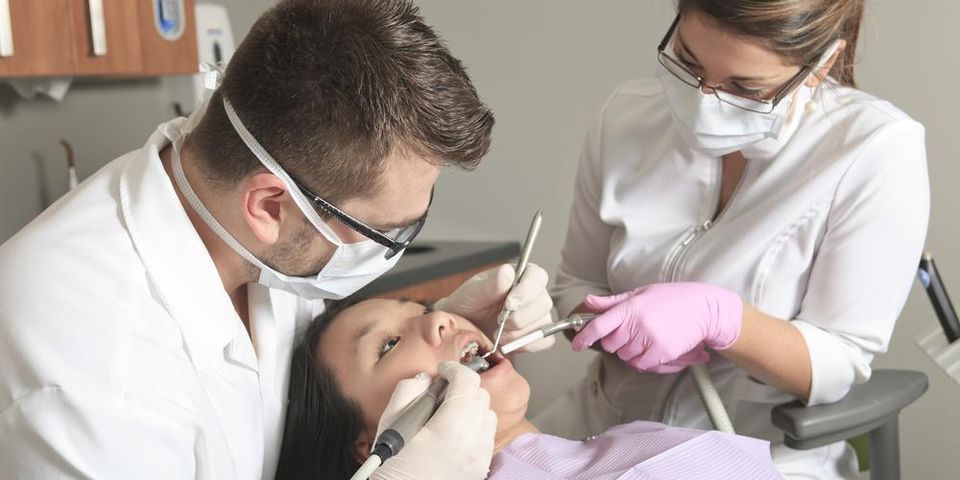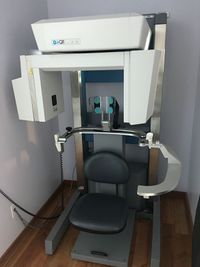Oral Surgery Experts Explain TMJ Syndrome & How It Is Treated

TMJ stands for temporomandibular joint, which is the joint that connects your jawbone to your skull. It is covered in cartilage, separated by a small disk, and functions thanks to the attached group of small muscles. TMJ syndrome occurs when this area of the jaw is injured or irritated and can cause significant discomfort if not properly treated by an oral surgery expert.
Symptoms & Causes of TMJ
The first sign of possible TMJ syndrome is pain on one or both sides of the jaw. Depending on the underlying causes, pain may become more acute while chewing. Jaw locking, popping, or clicking also indicates a TMJ injury. If you experience these symptoms on a continuing basis, consult an oral surgery professional.
There are a number of potential causes of TMJ syndrome, including habits and lifestyle, injury, and arthritis. Some of the most common causes include jaw injury or misalignment, long-term teeth grinding, poor neck and back posture, or stress.
Treatments
 Luckily, most cases of TMJ syndrome can be treated with home remedies or lifestyle adjustments. Try ice therapy on the affected areas and over-the-counter anti-inflammatory drugs. If pain persists, you may need to visit an oral surgeon or maxillofacial pathology specialist to get a definitive diagnosis and treatment plan. A TMJ expert may recommend massage and stretching, physical therapy, or stress management techniques. If these natural treatment options are ineffective, experts may suggest a dental splint, Botox®, or trigger-point injections to relax affected muscles. Oral surgery is usually a last resort used only when other less invasive treatments have failed to provide relief.
Luckily, most cases of TMJ syndrome can be treated with home remedies or lifestyle adjustments. Try ice therapy on the affected areas and over-the-counter anti-inflammatory drugs. If pain persists, you may need to visit an oral surgeon or maxillofacial pathology specialist to get a definitive diagnosis and treatment plan. A TMJ expert may recommend massage and stretching, physical therapy, or stress management techniques. If these natural treatment options are ineffective, experts may suggest a dental splint, Botox®, or trigger-point injections to relax affected muscles. Oral surgery is usually a last resort used only when other less invasive treatments have failed to provide relief.
If you’re experiencing TMJ-like symptoms, get in touch with the Oral Surgery Associates of Alaska in Anchorage. They use a gentle touch and the most up-to-date technology to diagnose jaw, teeth, and mouth conditions. Visit them online to learn more about their services and qualifications or give them a call at (907) 561-1430 to schedule an appointment.
About the Business
Have a question? Ask the experts!
Send your question

